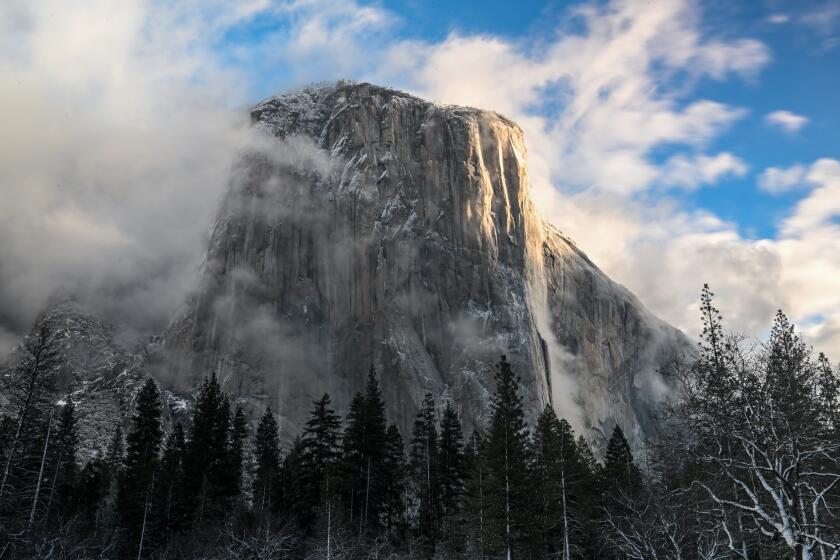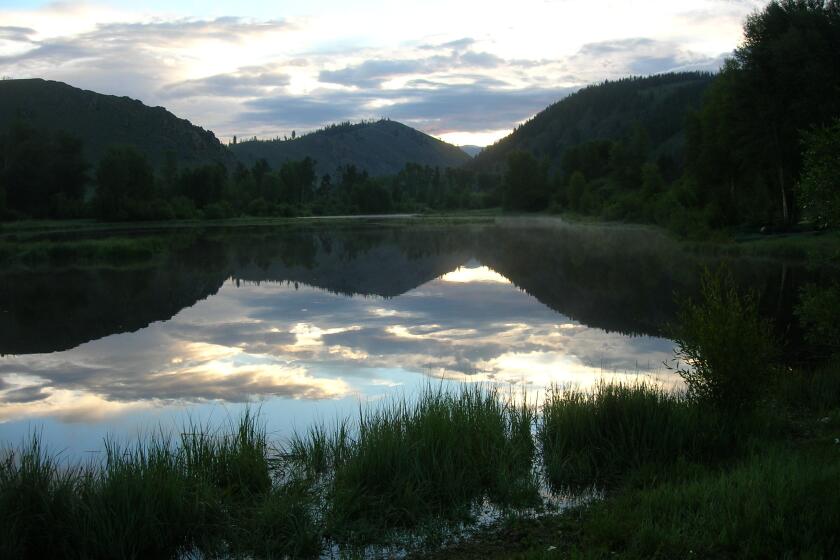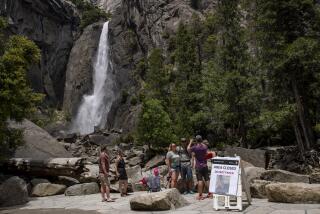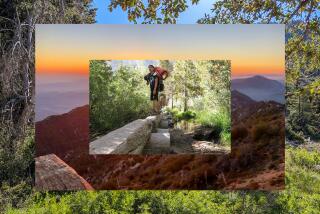After five years of closure, ‘glamping’ back again in Yosemite National Park
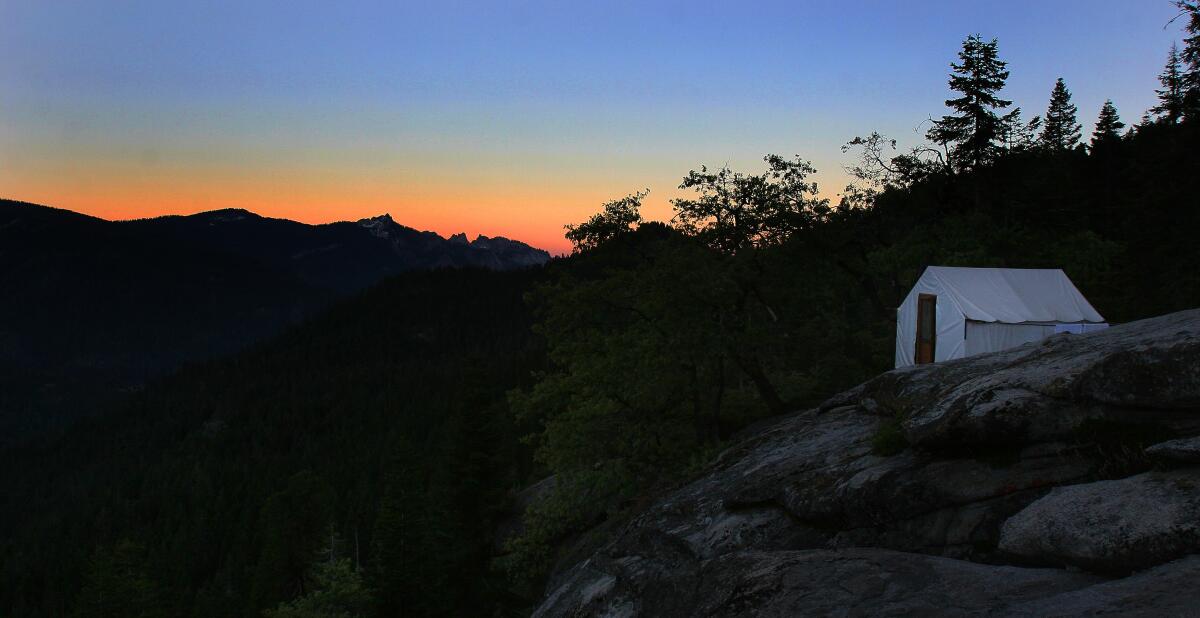
- Share via
After five years of pandemic- and snowpack-related closures, Yosemite National Park has reopened “glamping” camps where visitors will have access to showers, gourmet meals and a view of the park’s wild backcountry.
Camping hopefuls can now enter a lottery to experience three of the five available camps at the High Sierra Camps from June to September.
The two other sites, Vogelsang and Merced Lake — respectively the highest elevation camp and the oldest and most remote camp, established in 1916 — will remain closed throughout the 2024 season. Neither park officials nor Aramark, the park’s concessioner, could be reached to explain why these two camps remain closed.
According to the camps’ website, more than 13,000 visitors stay at the High Sierra Camps each year, and another thousand backpackers passing through each year stop for food at the campsites.
“Glamping,” a more comfortable or glamorous version of camping, has grown in popularity in the past couple of decades. Visitors have the option of paying $1,403 for a guided tour of the park with a weeklong stay, or paying $172 to $185 per night to reserve a bed.
Yosemite Valley — the most popular part of Yosemite National Park — received about 25 inches of snow. Winds hit 50 to 60 miles per hour.
There’s been controversy among certain environmentalists who take a hard line against any type of development in the pristine wilderness, said Jane Simpson, chair of the leadership training program at the Angeles Chapter of the Sierra Club. But Simpson said she is glad to hear that the campsites are reopening to the public this year.
“The experience is phenomenal,” said Simpson, recalling her own High Sierra Camp visit in 2015. “The people are very hyper aware of their impact.”
As an avid hiker and backpacker herself, Simpson is used to having to carry all of her own supplies when visiting Yosemite National Park. But the amenities of the High Sierra Camps allow visitors to leave behind tents and cooking necessities, as they have running water and three meals a day prepared by professional chefs.
On the High Sierra Camps’ website, Aramark and the national park service express their commitment to protecting the environment: “We take our role as stewards very seriously and actively work to protect the resources for generations to come.”
Former campers keep coming back, cruising past our driveway. I relish their stories, because this land will always belong to them too.
Jeff Jenkins, assistant professor of parks and protected areas at UC Merced’s Sierra Nevada Research Institute, said that the National Park Service has to strike a balance between protecting national parks and making them accessible to everyone.
“I remember we saw a woman hiking the route of these High Sierra Camps that was pushing 90,” Jenkins recalled of a time when his family stayed at the High Sierra Camps together. “She was able to get out there too.” First-time, inexperienced campers, the elderly, and families might prefer to stay at the High Sierra Camps because of the amenities.
By having designated areas where semi-permanent shelters are set up, Jenkins said, the “sacrifice zones” allow for a much larger swath of wilderness to remain untouched. “Impact has been constrained to mostly the trail corridor and these areas of the wilderness, these hotspots,” said Jenkins.
The urgency of mitigating human impact on the environment has forced the National Park Service to innovate by adding features like the bear-proof lockers that prevent bears from finding easy food sources near human dwellings, Jenkins noted.
But the debate around these High Sierra Camps isn’t anything new. Dave White, the director of global institute of sustainability and innovation at Arizona State University, describes it as the “fundamental paradox” of the national parks as they balance access and protection.
White said the social and cultural impact of visiting parks also helps to shift the conversation around sustainability and changing personal habits to preserve the environment. For visitors, “it helps them to have greater awareness and understanding about critical environmental issues that we’re facing, including things like climate change,” he said.
The wonder of Yosemite National Park never grows old for White, who has visited several times. “It is some of the most spectacular natural beauty that exists anywhere in the world,” he said. White said it’s the scale of the natural features, and the history of the Indigenous tribes who were violently forced off the lands to make Yosemite, that still humble him today.
“When you’re there, you just feel as a human, you feel insignificant in an important way,” said White.
More to Read
Sign up for Essential California
The most important California stories and recommendations in your inbox every morning.
You may occasionally receive promotional content from the Los Angeles Times.
